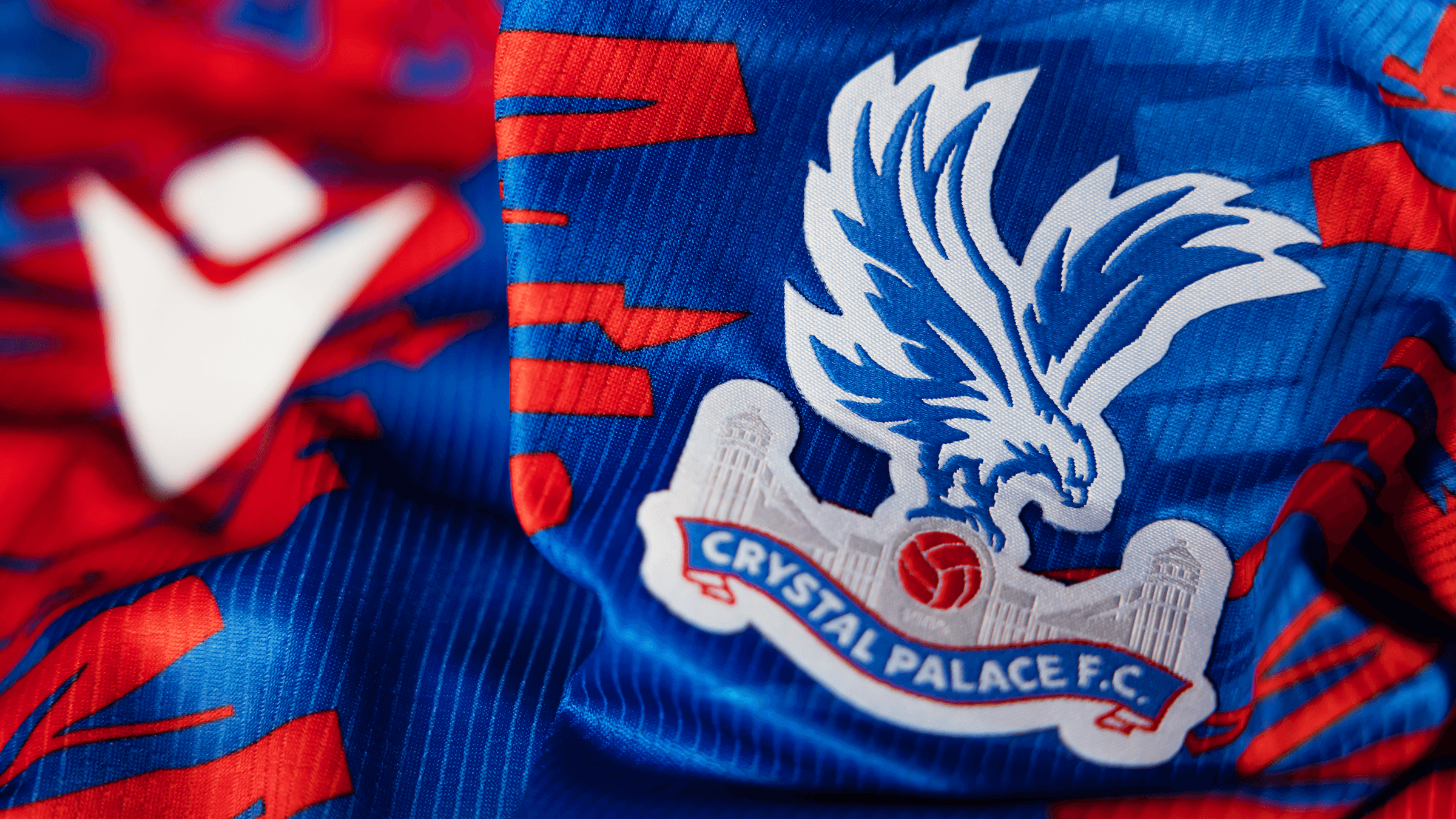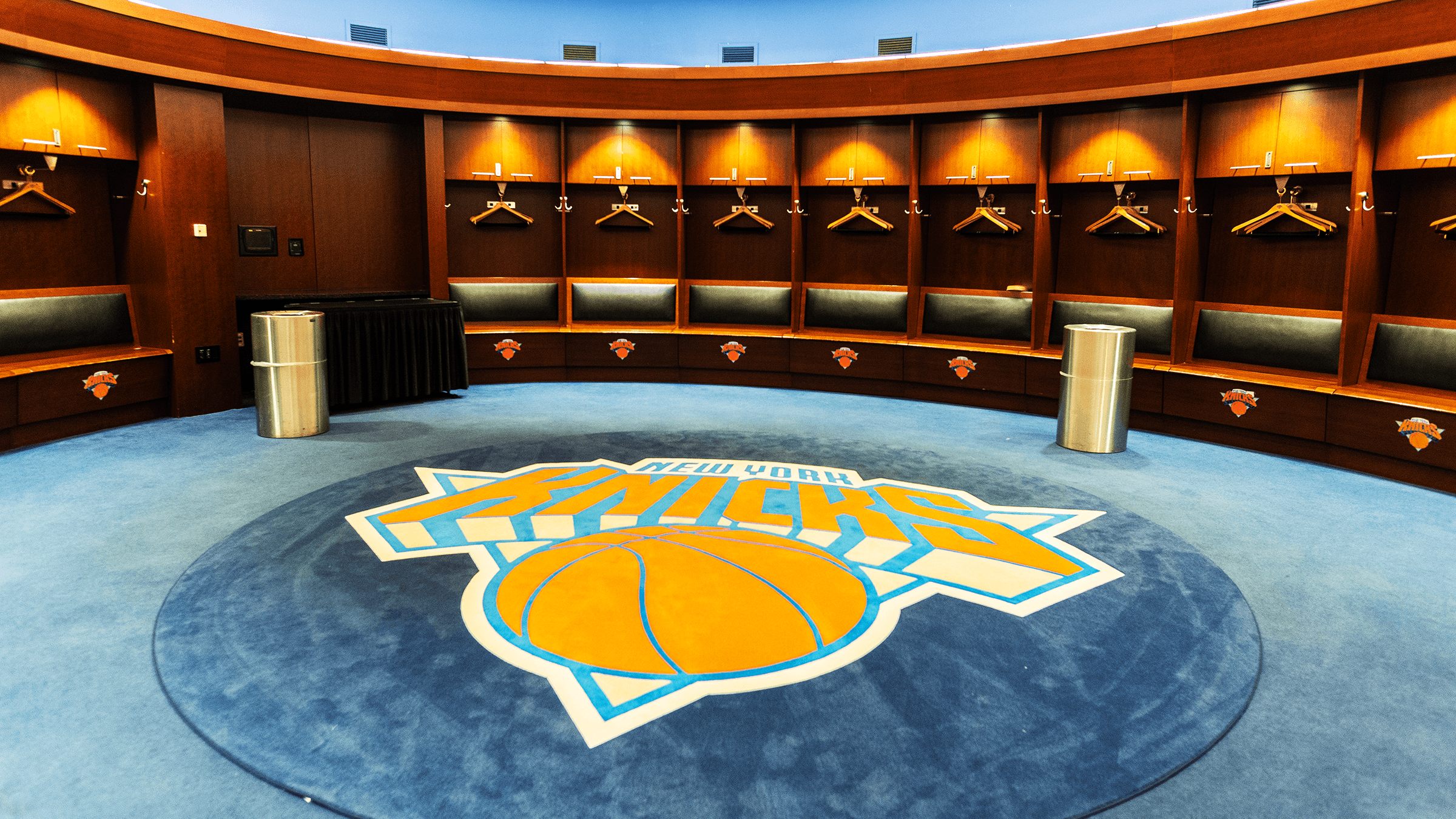Two weeks ago, Kenny Annan-Jonathan was appointed as Creative Director at Crystal Palace, marking the first time a Premier League team has hired a creative lead. Brought in to “oversee apparel collections and fashion partnerships,” Kenny’s appointment is part of a sea-change in the sports industry, in which clubs are seen as brands, and fans as customers.
In this column, I’ll explore this shift – asking what creative directors can bring to clubs and how sports organisations can adopt more creative mindsets.
The role of the Creative Director is still rare in English football. Perhaps the closest case is at Birmingham City, who announced a partnership with sneaker boutique UNDEFEATED in July. “UNDEFEATED will be Creative Director on all future strategic merchandise and other marketing projects between the brand and the Club,” read the press release, with no mention of an individual leader spearheading creative direction. But elsewhere in sport, there’s a growing understanding of the value that Creative Directors can bring.

Nowhere is there a greater overlap of the fashion and sports worlds than in the US. For years, partnerships with luxury brands have been integral to the marketing strategies of major organisations. The NBA, for example, has collaborated with the likes of Louis Vuitton, Canada Goose and Kid Super, while Major League Baseball recently joined forces with Gucci for their second collection of apparel and accessories.
Against this backdrop, it makes sense that organisations in the US see need for an experienced creative lead. In April 2023, Major League Soccer tapped streetwear designer Guillermo Andrade to be its creative advisor, to “create and consult on cultural and storytelling opportunities that sit at the intersection of soccer, fashion, art and design.” In the NBA, the New York Knicks hired designer Ronnie Fieg – owner of the Kith brand – as creative director last year, and the Cleveland Cavaliers brought in American artist Daniel Arsham for the same role in 2020.
There are plenty of reasons for bringing in a dedicated creative leader.
For smaller clubs or leagues, investing in brand identity can help grow engagement and increase awareness. When Miami investment firm 777 Capital took a 45 percent stake in the British Basketball League in 2021, part of its strategy was to hire former Manchester United footballer-turned-designer David Bellion as Global Creative Director. David Bellion oversaw a successful partnership with accessories label Tomme, comprising of basketball-shaped handbags which became a viral hit and were eventually stocked in Selfridges.

Venezia FC is another success story. In 2020, following a decade which saw the club fall into bankruptcy and secure re-ownership twice, the club was bought by a consortium of US investors who committed to a complete brand repositioning. Bringing in design agency Fly Nowhere, Venezia FC pivoted its brand identity to reflect its city’s reputation for art and classical architecture. Today its shirts are vintage-inspired, and its marketing looks more akin to a luxury fashion brand than a middling sports team. Crucially, the club’s new look brought in much-needed revenue, allowing the team to sign the American midfielder Gianluca Busio for a club-record transfer fee of $6.5m, and be promoted into Italy’s Series A league.
“The value of sports broadcasting rights has skyrocketed over the past few years, but forward-thinking clubs are taking steps to drive up other sources of income.”
Elsewhere, all sports clubs – regardless of size – are working to diversify their revenue streams. As my colleague Vanessa discussed in last week’s column, the value of sports broadcasting rights has skyrocketed over the past few years, but forward-thinking clubs are taking steps to drive up other sources of income. Merchandising represents an exciting opportunity to engage long-time fans and speak to different demographics who may be more interested in style than the sport itself.
So, what makes a good creative director? The right leader will be able to craft a brand’s vision to appeal to different layers of sports fans: those who have been following a club for years, those who are new to a game, and perhaps those who are tapped into the cultural zeitgeist rather than the sport itself. Balancing these groups, without alienating long-time supporters, is no mean feat.
“The right leader will be able to craft a brand’s vision to appeal to different layers of sports fans: those who have been following a club for years, those who are new to a game, and perhaps those who are tapped into the cultural zeitgeist rather than the sport itself.”
So far, creative directors have almost always been fashion designers from the luxury sphere, tasked with spearheading new apparel, footwear, or accessories collections. Kenny Annan-Johnson, Crystal Palace’s new creative lead, is part of a new wave of creative directors in the industry who have a background in marketing and brand creative, rather than purely in design. Having previously founded sports marketing agency MAILROOM, Kenny is well placed to take a more holistic approach to creative direction, which encompasses not just merchandise but digital presence, partnerships and brand engagement strategies.

Looking ahead, the landscape is surely set to change as sport evolves. At present, most creative strategies are still directed towards men, but the growing popularity of women’s sport, particularly football, may wave in a new chapter. Last year, female viewers drove the viewing time for women’s sport up by a significant 131%, and tomorrow, England’s Lionesses take on Spain for the Women’s World Cup title in a tournament that has broken ticket sales records. I’ll be interested to see how marketing, merchandising, and brand identities transform to cater to a growing base of female sports fans. After all, women’s spending – especially in the fashion arena – vastly outweighs men’s. Not tapping into this demographic is a missed opportunity.
To ensure long-term, sustainable growth, clubs and other organisations in sport need a clear creative direction. While this responsibility can sit within a marketing function, the best creative directors will be able to elevate a club’s messaging and existing brand identity, not only to bring in new fans, but to continually inspire long-time supporters.








